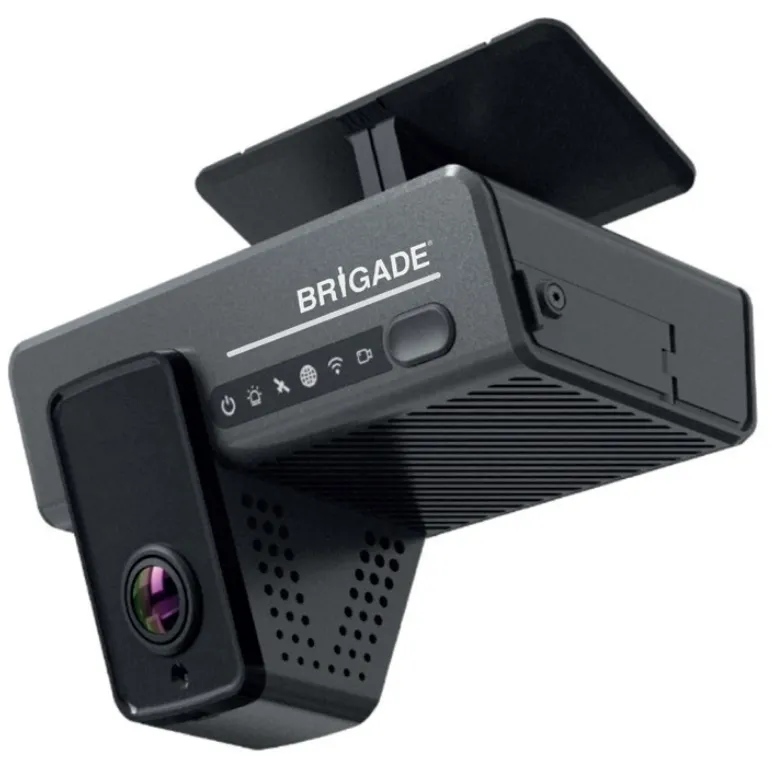Allied Vision Technologies’ new Goldeye is a short-wave infrared camera (SWIR) that covers wavelengths between 900 and 1,700nm. Its new rectangular housing is significantly smaller and lighter than its predecessor and said to be the smallest available SWIR camera with Gigabit Ethernet interface.
The rugged hardware is designed for industrial machine vision, with built-in sensor cooling that works without a fan and a screwed interface port that allows for a secure connection. The ultra-compact form and fi
March 4, 2014
Read time: 1 min
The rugged hardware is designed for industrial machine vision, with built-in sensor cooling that works without a fan and a screwed interface port that allows for a secure connection. The ultra-compact form and fitting screw threads on all sides makes the integration of Goldeye into an image processing system particularly easy and its 12-pin Hirose I/O port allows for trigger and synchronisation with other systems.
The camera’s GigE Vision compliant Gigabit Ethernet interface supports power over Ethernet and its modular housing allows the camera to be fitted with various filters and lenses with C-, F- and M42-mounts.










